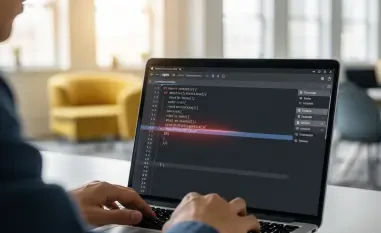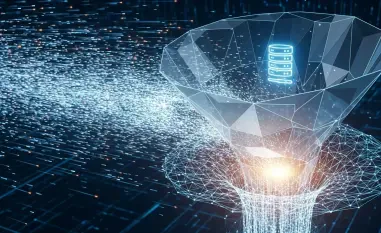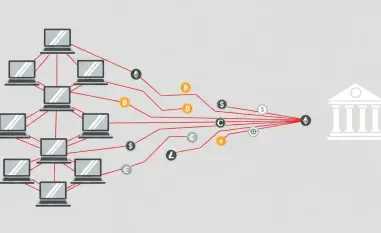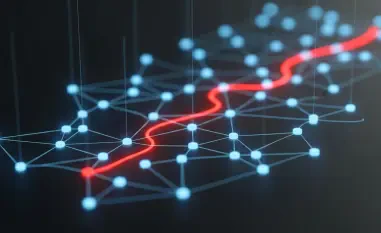In an increasingly interconnected digital world, state-sponsored Advanced Persistent Threats (APTs) have emerged as significant actors reshaping global cybersecurity landscapes. These highly sophisticated hacking groups, often aligned with their respective governments, pose formidable challenges by engaging in cyber espionage and data theft. They target strategically important sectors such as finance, telecommunication, and government. The pressing concern lies in understanding the substantial impact these APTs have on redefining security paradigms, urging nations to prioritize their cybersecurity postures robustly.
The Rise and Influence of State-Sponsored APTs
Over the years, the prominence of state-sponsored APTs has grown exponentially, becoming a central focus in cybersecurity discussions. Historically, these groups have leveraged cyber capabilities primarily for intelligence gathering and geopolitical advantage. Their operations often align with national agendas, focusing on disrupting rivals or securing sensitive information. Understanding these dynamics is crucial as cyber initiatives increasingly serve as instruments of state power, influencing international security frameworks. The proficiency and resources these groups possess make them formidable adversaries, necessitating comprehensive strategies to counteract their multifaceted threats.
Examination of Research Methodology, Findings, and Implications
Research Methodology
To thoroughly investigate the operations of state-sponsored APTs, diverse research methodologies were employed. This included analyzing cybersecurity reports, leveraging threat intelligence platforms, and studying malware samples. Data sources ranged from threat intelligence agencies to cybersecurity firms, providing comprehensive insights into APT activities. The methodological approach emphasized triangulation, combining qualitative and quantitative data to ensure robustness and validity of findings regarding APT tactics and operations.
Findings on APT Activities
Key findings from the research reveal that APTs utilize a plethora of sophisticated tools and techniques. Malware variants like backdoors and remote access trojans (RATs) are common, often deployed using spear-phishing and exploiting vulnerabilities in widely used software. These groups target specific regions, including Southeast Asia and Europe, indicating clear geopolitical motivations. High-value sectors such as government, energy, and technology frequently bear the brunt of these cyber onslaughts. The continuous adaptation of APT tactics underscores the progressive nature of their threat, necessitating vigilant defenses.
Implications for Cybersecurity Strategy
The implications of these findings are profound for cybersecurity strategy formulation. There is an urgent need for heightened awareness and enhanced defenses. Cybersecurity policies must evolve to incorporate intelligence-driven strategies, emphasizing detection, response, and collaboration among nations. The findings stress developing more robust frameworks for identifying and counteracting APT activities effectively, leveraging international cooperation and technological advancements. Strategic investment in cybersecurity infrastructure emerges as crucial to mitigate these ongoing threats.
Reflection on Research Insights and Prospects for Future Exploration
Reflective Insights
Reflecting on the research, the insights contribute significantly to understanding the enigmatic realm of state-sponsored APTs. However, challenges such as complexity and evolving tactics of APTs underline the necessity for continuous research. Further exploration could focus on variations in tactical approaches among APT groups and their evolving motivations. Expanding the knowledge base on APT infrastructure and methodology would provide valuable perspectives for developing counter-strategies.
Future Directions in APT Research
Future research should delve deeper into the strategic intentions behind state-sponsored cyber operations, potentially unraveling new threat vectors. Investigating the role of artificial intelligence in advancing APT capabilities could offer pivotal intelligence. Additionally, examining cross-border collaboration mechanisms would reveal best practices for fostering resilient cybersecurity ecosystems. Policymakers and cybersecurity practitioners must maintain proactive engagement, anticipating emerging threats and ensuring adaptive strategies to combat sophisticated state-sponsored cyber adversaries.
Conclusion
The research illuminated the intricate landscape of state-sponsored APT activities, who constantly innovate to outpace defenses, emphasizing the need for agile response mechanisms. Findings demonstrated how APTs are reshaping cybersecurity, urging nations and organizations to bolster their defenses rigorously. By understanding APT operations’ evolving nature, stakeholders are better positioned to anticipate and mitigate potential threats, ensuring the integrity and security of vital digital infrastructures. The continuous evolution of APT tactics and strategies invites ongoing research and vigilance, ensuring preparedness against these persistent state-sponsored threats.













